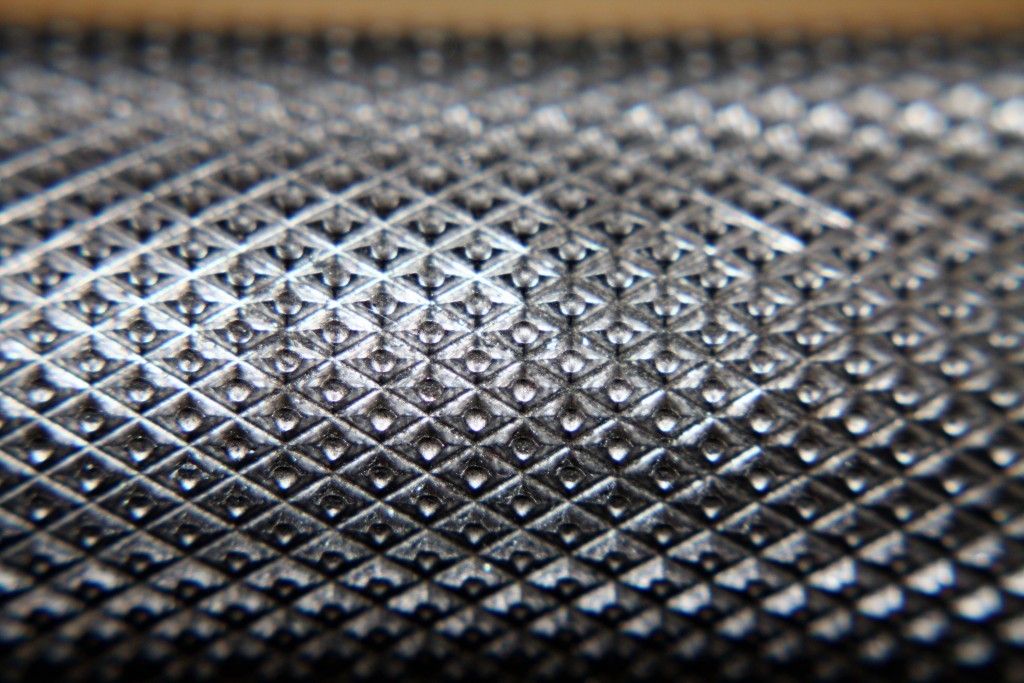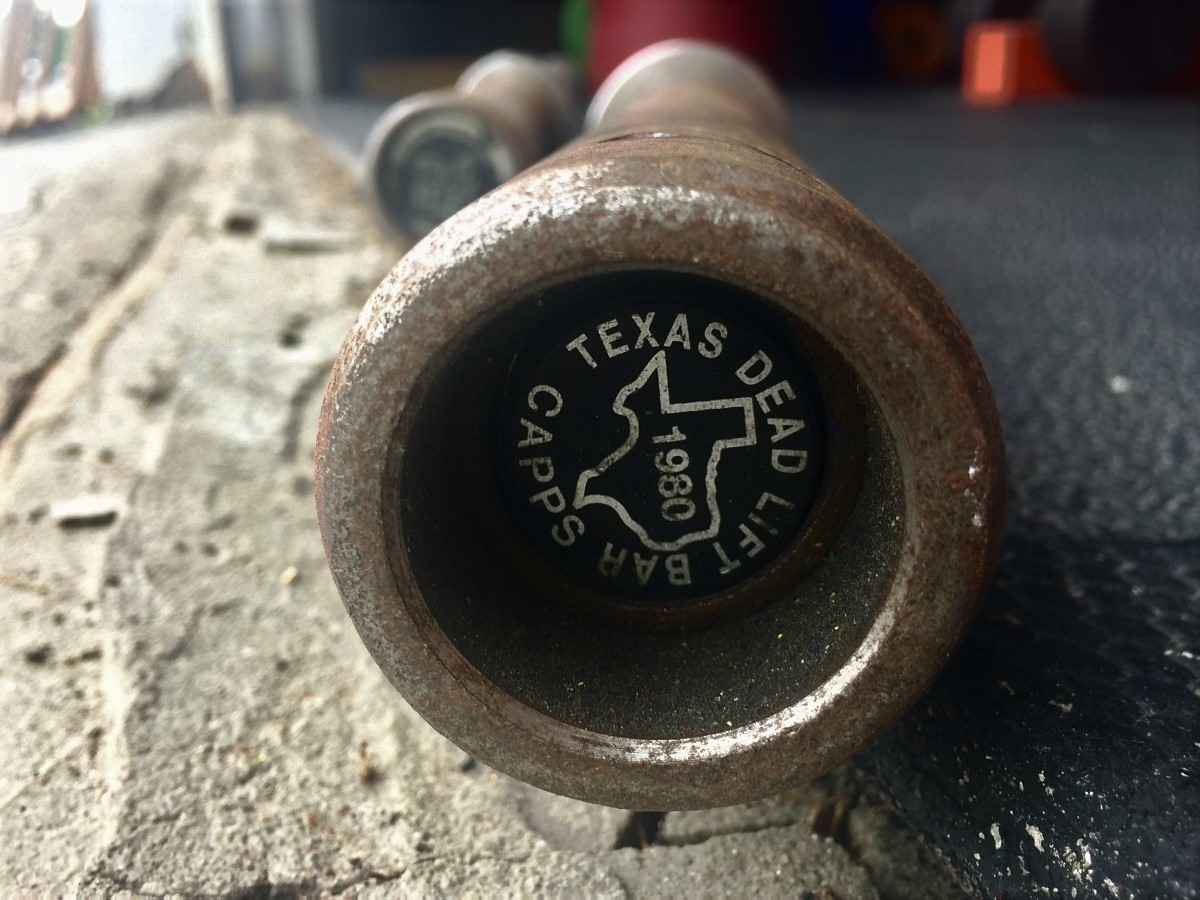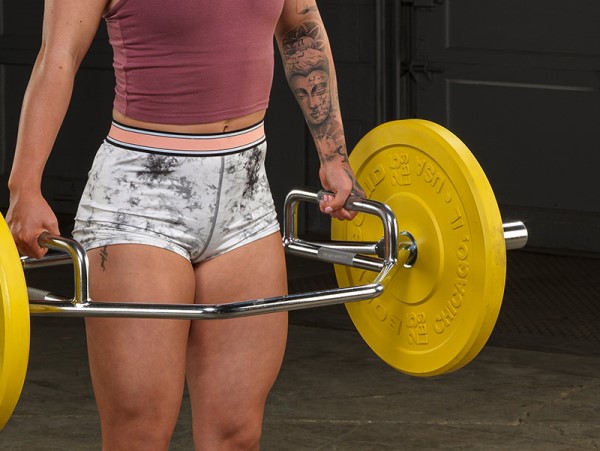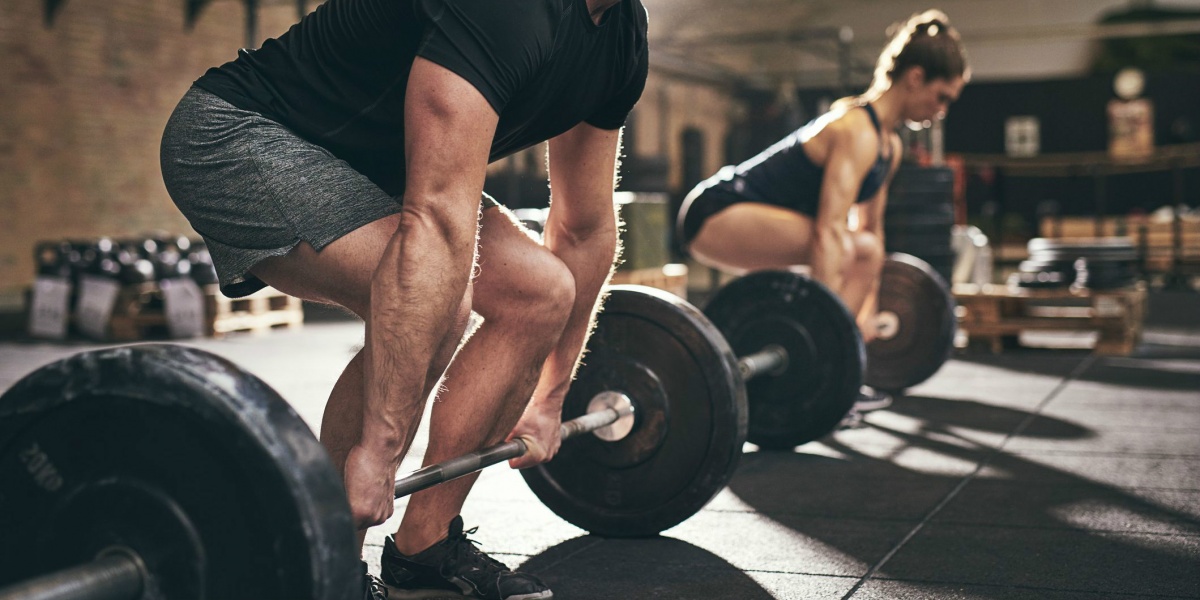Table of Contents
Introduction
If deadlifts are such an important exercise, it follows that you might want to get an extra piece of equipment that’s perfectly made for doing it, right?
Not so fast. It depends on where you are in your training.
A brief explanation first, to help you see past the marketing hype…
Note: The hex deadlift bar, with handles at your sides, is a totally different thing. More on that in a section further below.
When the 8ft long Rogue Ohio Deadlift Bar came out, suddenly the lifting world started thinking about having a separate bar for only deadlifts.

Prior to that, many powerlifters and home gym aficionados didn’t know a specialty 8ft long deadlift bar existed.
They knew about the Texas Power Bar. It was like the #1 recommended power bar for a while, particularly before Rogue and a few other companies started doing a ultra-deep knurling on their power bars to compete with it.
So now for a few years there’s been renewed interest in the Texas Deadlift Bar, as a result of Rogue’s own big advertising reach causing more people to find an alternative brand to the Rogue Ohio Deadlift Bar.

Benefits of a Specialty Deadlift Bar
A deadlift bar is constructed in a way to make deadlifts more natural or easier and help you get more weight up.

Briefly:
- Thin 25mm Shaft – Compared to 28mm or thicker on other bars, this helps you keep a good grip.
- Thin, Tacky Finish – A thin finish, basically anything except chrome, will maintain a little friction against your hands and not fill in the knurling.
- Longer Shaft – The sleeves are the same length, while the shaft is cut about one extra foot long to cause more flex, helping you lift the bar a tad further up before it clears the floor and you have to bear the entire weight of it.
These features I have gone over in more detail in my article comparing a few deadlift bars.
Basically, a deadlift bar is a good tool for high-level lifters. To prepare for a competition they still need to be practicing with the type of bar that will be used in a competition, which is normally a regular power bar like the Texas Power Bar.
Why You Probably Don’t Need It
The features mentioned above are good for deadlifting, but you don’t want all that when you’re doing something else.
An 8ft bar is unwieldy to move around or use in a limited space.
The deep knurling is good for pulling a few max deadlift reps but is unnecessarily uncomfortable for higher reps or any other exercise.
The 25mm shaft is bad for pushing exercises, digging into your hands. The flex caused by the thin shaft also causes a heavy squat to wobble too much.
Under around 400 lbs, you won’t notice the flex when deadlifting this kind of bar. The targeted weight for it to flex is way up there at competition-level weight ranges that the vast majority of people in their garage will never reach.
Under that weight, the only real thing you’ll notice is the thin 25mm shaft. That does help you keep lifting with a standard overhand grip, avoiding the need for straps, a mixed grip, or the painful hook grip that people like Alan Thrall talk about like it’s no big deal but feels like you’re going to break your thumb clean off.
I’ve seen this trend in other sports, where participants focus on getting the newest and best equipment to try to correct their errors, thinking that what they have is to blame for their lack of improvement. Instead of buying more and more equipment to make you stronger by virtue of having the best stuff, focus on good deadlift form to get you there.
Personally, I just use straps when deadlifting over 300 lbs. I’m not a purist. I don’t care. I’ll never compete. Straps make me feel strong.
A single well-made power bar, especially one with deep knurling, is fine for squats, presses, and deadlifts. Go for one with a shift thickness in the 28-29mm range for good overall performance. With that, the next major straight bar you might think about getting is an olympic weightlifting bar more suitable for doing cleans, if you do a lot of them to justify an extra bar.
Another Specialty Bar: The Hex Deadlift Bar

This kind of bar has been around for decades and is much more well-known than the straight 8ft deadlift bars.
The advantage of it has to do with less stress on your back. Good form is easier to pick up. This is because your hands stay at your sides, aligned with the middle of your feet, not out in front in a way that causes you to bend forward more. This makes it a different exercise than a straight-bar deadlift. Not necessarily better, but advantageous if you have back issues or whatever else.
These are relative inexpensive, as they do not have rotating sleeves, and they also have a reinforced shape that does not require particularly strong steel. This makes it super easy for everyone to copy each other’s design without worrying about any nuances in fit. It’s all one solid welded hunk of steel, no moving parts, nothing to wear out. There’s got to be a hundred thousand usable hex deadlift bars floating around out there.


I have been deadlifting with my power bar (American Barbell Elite) and never thought I would want a specialty deadlift bar. Recently started mixing in sumo deadlifts and even with the slightly milder knurl on my bar compared to other cheese graters I started to get a build up of micro scratching on my knees. Would be worse for my shins if I did not wear over the calf socks.
Started looking for a sumo deadlift bar and found one at StrongArm Sports. Aggressive knurl on centre of the bar with the outer areas smooth. Can not really give a review as I tore my bicep (not while working out) 2 days before it arrived. Tried a few one arm pulls before putting it in the rack and worked as I had expected. Not sure if any other models available.